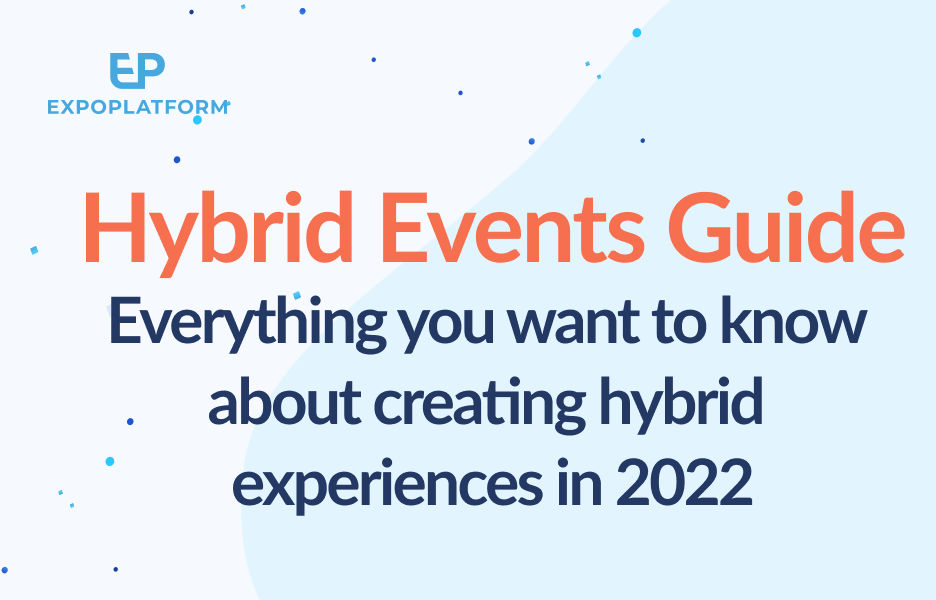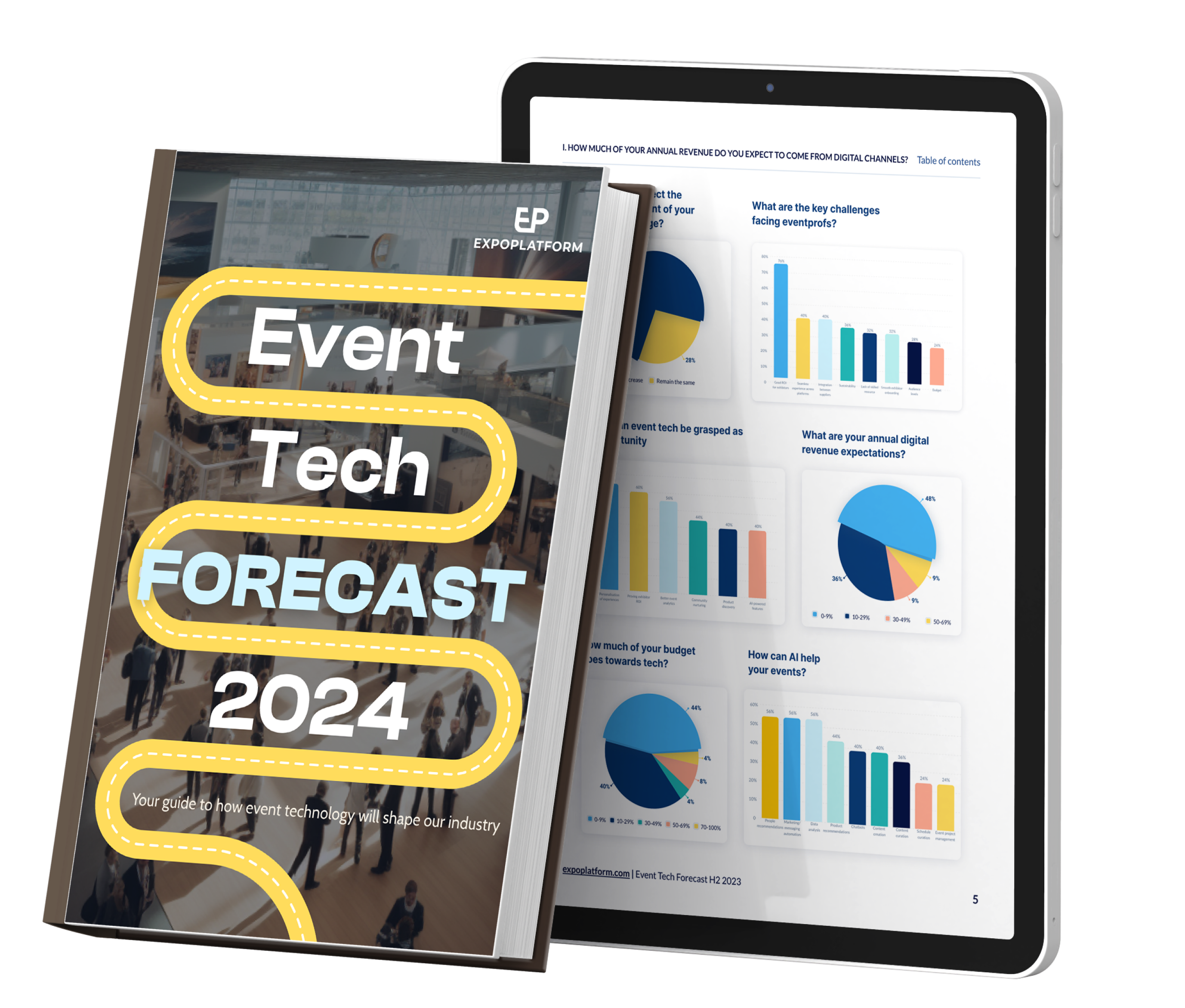
How to Make Your Virtual Events More Successful in 2021
Last year tested event organisers’ troubleshooting abilities like never before. While the pandemic upended the industry, a critical decision was needed to keep their operations afloat and enable them to stay connected with customers, prospects and stakeholders. As a result, organisers cobbled together virtual events as a quick fix; stand-ins for the cancelled physical meetups.
Despite the initial scepticism, many organisers were able to successfully host full-scale digital events like virtual exhibitions, trade shows and conferences, with online event technology playing a critical role in the setup and execution. The gains were real and measurable, as the events provided a viable platform to connect and engage with people, while also creating a rich stream of leads and potential business opportunities.
Drawing upon the lessons from 2020, one can deliver even more productive and rewarding virtual event experiences in 2021. Here are three useful tips to follow:
#1 Invest more in creating interactive sessions and booths
“The event looked great, just like an actual physical event, but the speaker sessions seemed like just another webinar.
This is real attendee feedback we received from one of our partner events early on in 2020.
Many virtual event organisers opted to mimic and recreate physical events, creating online events that are skeuomorphic in design (a long word that means they mirror the real-world look of exhibitions and trade shows). Though there’s nothing wrong with this approach, it’s more important to build immersive speaker sessions and virtual booths that will keep the attendees hooked. Apart from having short speaker sessions, providing attendees access to curated slides and docs, conducting live polls and Q&A, we also recommend you create ‘cinematic’ experiences for the audience. For example, creating a compelling interplay of sound, music and graphics to showcase an introductory sequence, highlight stats and figures or allow attendees to participate in a live product demonstration.
Apart from having short speaker sessions, providing attendees access to curated slides and docs, conducting live polls and Q&A, we also recommend you create ‘cinematic’ experiences for the audience. For example, creating a compelling interplay of sound, music and graphics to showcase an introductory sequence, highlight stats and figures or allow attendees to participate in a live product demonstration.
Similarly, virtual booths can engage attendees better by incorporating 3D products, video streaming, instant chat conversations and real-time surveys in a 360-degree interactive environment.
#2 Get a professional host and moderators
The role of a professional host or MC in a virtual event cannot be overstated. A confident, charismatic host can facilitate the seamless transition of sessions and keep attendees hooked with their wit and insights. While shortlisting one, make sure they are familiar with the industry and are aware of the event technology, so they can handle things comfortably if glitches occur. The discussion panels should also be moderated by industry experts, preferably those who know the ins-and-outs of the particular topic at hand. A well-moderated session that provides in-depth insights always generates immense interest among the audience.
The discussion panels should also be moderated by industry experts, preferably those who know the ins-and-outs of the particular topic at hand. A well-moderated session that provides in-depth insights always generates immense interest among the audience.
#3 Provide short snappy content, increase FOMO
“Once you include the wow factor of personalisation and create a sense of FOMO [Fear Of Missing Out], then the money will follow,” says Matthias Baur, Founder, MBB Consulting Group. FOMO can be used as a great engagement booster for virtual events. Increase attendee interest by informing them about exclusive discounts and offers they would receive for a healthy engagement score. The more engaged an attendee, the greater their access to additional offers.
FOMO can be used as a great engagement booster for virtual events. Increase attendee interest by informing them about exclusive discounts and offers they would receive for a healthy engagement score. The more engaged an attendee, the greater their access to additional offers.
You can also use ephemeral content to boost participation, i.e. short, snappy stories with filters, stickers and effects on Instagram, Facebook and LinkedIn that are accessible for only 24 hours. Providing access to exclusive speaker sessions, premium content and training modules also helps increase attendee interest in your event.
There's more you might like

Hybrid Events Guide: how to plan your next hybrid event in 2022
Hybrid events continue to be a crucial part of the marketing roster. In our latest guide, we explain why they are important and detail a step-by-step process to plan your next hybrid event. In the past two years, changing customer expectations towards responsiveness and personalisation as well as pandemic-related restrictions have made digital outreach critical ...

Concerns over health rules remain top priority for choosing venues
Concerns over commitments to Covid-19 safety measures remain top factors influencing how organisers choose venues, a new study reveals. EventMB’s State of the Event Industry 2021 report found out that 39% of the respondents polled wanted a statement of commitment by the premises to follow local health rules. Another 17% considered staff vaccine mandates their ...

Shaun Hinds: event industry must unite and be at heart of recovery
The event industry must unite and be at the heart of the UK’s economic and societal recovery as we emerge from the pandemic, according to the Manchester Central CEO. Shaun Hinds believes some representative bodies failed in securing support for our sector in the most “critical aspect” by not making good connections with governments and ...

